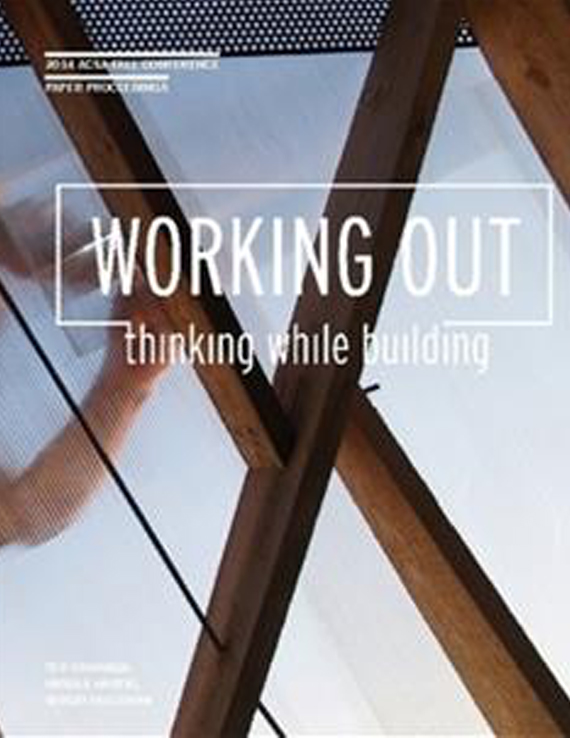Author(s): Nick Gelpi & Roberto Rovira
Drive twenty miles west from downtown Miami, and you’ll land in the Florida Everglades, where the “river of grass” is overrun by stands of invasive Australian Melaleuca trees. South Florida is unlike any other place, where approximately twenty-six percent of all fish, reptiles, birds, and mammals residing in this ecology are considered exotic—more than in any other part of the United States—and the region has the highest number of exotic plant species in the world. The effects of invasive species are both disruptive and formative. Alien intruders disrupt the local ecologies of regions often pushing some endemic species to extinction, while also establishing new relationships and expanding possibilities through constructive adaptation. This paradox came to life while investigating the useful potentials of the Melaleuca tree as a construction material. While management officials work to eradicate the Melaleuca from the Everglades, teams of graduate students at the School of Architecture at Florida International University adapted the invasive species into various design-build proposals that aimed to adapt the nuisance species into constructive prototypes. By taking trees that are systematically removed from the landscape, the class attempted to forge a feedback system to create a demand for this alien material, thus linking a local craft-based practice to a foreign building material.An industrial sponsor provided a proprietary process for chipping the tree-trunks and then mineralizing the woodchips, which facilitated experimentation and research into the performance of invasive aggregates in cast concrete applications.A state park in North Miami allowed students to design and build proposals for a public garden. This project became the program for a graduate level studio co-taught between the landscape architecture and architecture departments. Students designed applications ranging from the single-user to collective spaces, and from the mass-produced to the custom. They considered landscape applications as well as conventional architectural solutions for structures and enclosures.Students not only had to design and build their proposals, but they were required to test and evaluate them through a series of performance markers including compression testing for strength based on formula variations, as well as making observations of cosmetic and textural characteristics, ranging from texture and porosity to color. Not only did they need to design spaces, but they were required to define the material itself, adjusting the formula for certain effects.The studio marked the first time this melaleuca/concrete composite material was extensively tested in the US, which has not yet been used in the US building market. Ultimately, this prototypical investigation which incorporated the use of an invasive plant as building material, explored the very basic relationships between design, material, ecology, and form. The studio showcased how alien building materials can redefine the idea of locally sourced, highlighting the potential to reorganize building practice, representation, and pedagogy, by utilizing design build to think outside of existing conventions and ecologies.
Volume Editors
Sergio Palleroni, Ted Cavanagh & Ursula Hartig
ISBN
978-0-935502-94-7

 Study Architecture
Study Architecture  ProPEL
ProPEL 
